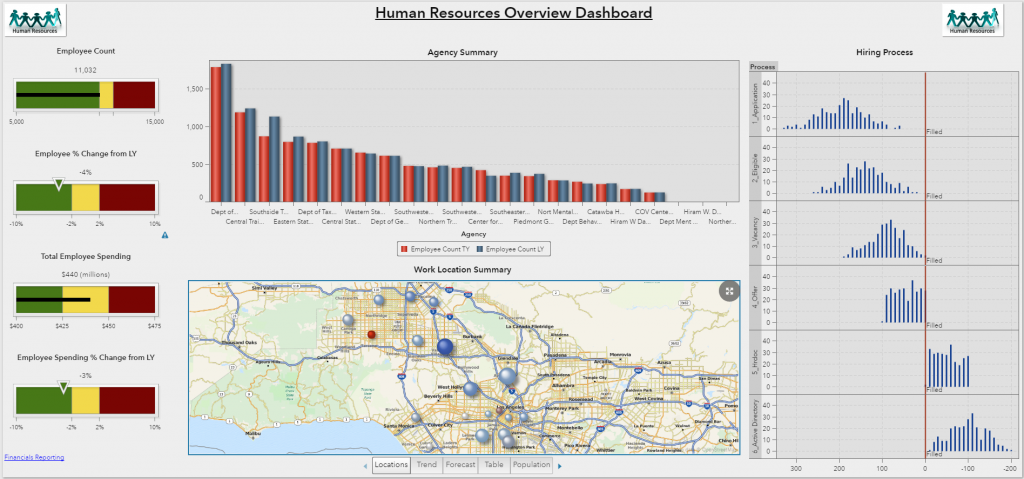Could you imagine running a business with a 35-90% annual turnover rate? What if the average time to fill a position was anywhere between 3-12 months? This alone would cripple most organizations, but is a common reality in state and local child welfare agencies.
High turnover and vacancy rates are not a recent phenomenon in the child welfare industry. However, the numbers above demonstrate that not enough has been done to truly address this issue. Most of what is accepted as sourcing, recruiting, interviewing best practices today is largely based on conventional wisdom, which is proving ineffective.
Very similar to how baseball evaluated potential and current talent prior to “Moneyball”, child welfare often takes a subjective and flawed approach to addressing workforce woes. These approaches are built on ideas that are convenient, appealing and deeply assumed. It brings to mind a quote from Jim Pinkerton, “It’s human nature to stick with traditional beliefs, even after they outlast any conceivable utility”.
Common responses have included increases in salaries, decreases in minimum requirements (degrees and experience), more training, ineffective retention programs and additional funding requests for more positions. We’ve seen the outcomes of these efforts.
In a recent presentation at a national child welfare conference, I asked an audience of more than 100 child welfare professionals how many of them were aware of a jurisdiction where more positions actually fixed a systematic problem such as turnover and opiate abuse. The response? Crickets! The reality is that many jurisdictions which do enjoy funding for new positions continue to struggle with turnover and high vacancy rates. I believe that is because they are not currently looking at the root of the problem, nor are they leaning on data to do so.
Workforce analytics can help build a better team
Child welfare can truly tackle this issue, much like professional sports and industry, but it will take much more than talking about reform and innovation. It will require action and “disruptive innovation”.
Workforce analytics can provide insight into issues such as recruitment processes (time to hire) and success factors, retention concerns, as well as overall workforce metrics. HR systems data on demographics, work history, recruitment, selection, payroll, promotions, behavior and performance can be analyzed and surfaced through a visual dashboard that provides insights to better understand and solve the turnover issue.
If you can reduce unplanned turnover, cut the amount of time key positions are vacant and improve your success in hiring the “right” candidates, you can make a dramatic difference in the ability to impact children and families.

Recruitment
- Pinpoint the best candidates for a certain job. Identify and acquire top talent based on traits, experience, accomplishments and information often overlooked by traditional recruiting and assessment methods.
- Challenge conventional wisdom as to what top talent looks like and where it comes from.
- Identify the best ways to engage and attract desired candidates.
Hiring
- Reduce the amount of time needed to fill a vacancy
- Identify causes (process & people) for delays.
Promotion
- Automate data reports on employee attrition, headcount and promotions.
- Analyze characteristics of the most successful employees.
- Make data-informed decisions on internal promotions.
Retention
- Identify which employees are most likely to leave (voluntary & involuntary).
- Uncover root causes of turnover
- Identify actions to reduce risk (training, work environment, salary, team structure etc.)
- Reveal factors that may increase the likelihood of an employee’s success in their role.
- Identify retention activities that have a positive impact on current and future employees.
Similar to many child welfare agencies, the Oakland A’s were cash-strapped (relatively, of course) and had to find creative ways to be competitive. State and local child welfare agencies can also find new ways to attract and retain high-quality talent, and win in a “game” for more important than any World Series.

